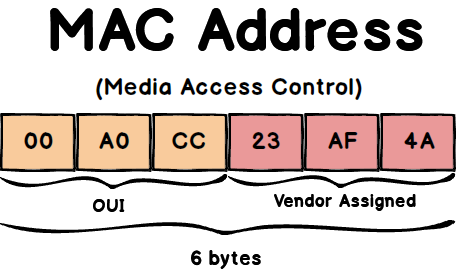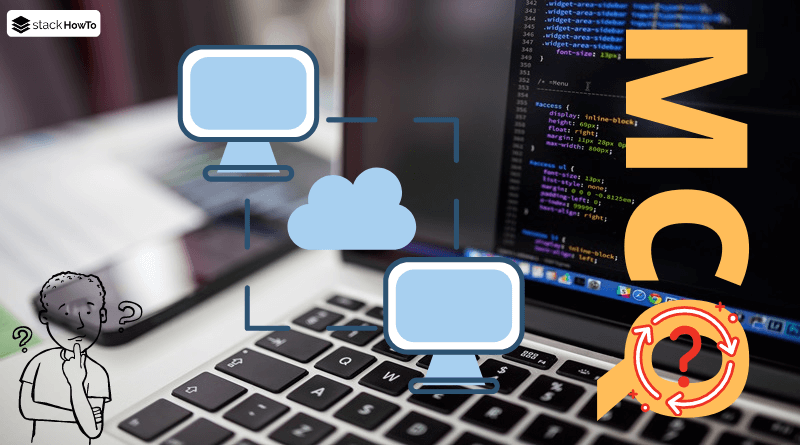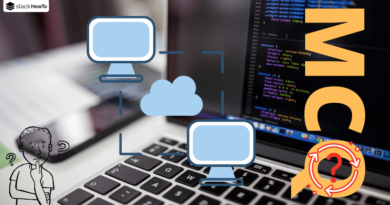Computer Network MCQ – Questions and Answers – Part 1
Networking MCQs questions with answers to prepare for exams, tests, and certifications. These questions are taken from a real written exam and some parts are taken from an interview. So you will find questions on CCNA, TCP/IP, Protocols, IP addressing issues, OSI model, and more. This MCQ will easily prepare anyone to pass their exam.
1. Which protocol works at the transport layer provides connectionless service between hosts?
A UDP
B TCP
C ARP
D IP
2. Which protocol operates at the transport layer and provides virtual circuits between hosts?
A UDP
B TCP
C ARP
D IP
3. Which protocol operates at the Internet layer and provides a connection service between hosts?
A UDP
B TCP
C ARP
D IP
4. If a host broadcasts a frame containing a source MAC address and a destination address and its purpose is to assign an IP address, what network layer protocol is the host using?
A IPX
B TCP
C ARP
D ARPA
E RARP
5. If a router interface is congested, which protocol in the IP suite is used to inform neighboring routers?
A TCP
B IP
C ICMP
D ARP
E RARP
6. What is the valid host range that the IP address 172.16.10.22 / 255.255.255.240 belongs to?
A 172.16.10.20 to 172.16.10.22
B 172.16.10.1 to 172.16.10.255
C 172.16.10.16 to 172.16.10.23
D 172.16.10.17 to 172.16.10.31
E 172.16.10.17 to 172.16.10.30
7. Which address range can be used in the first octet of a Class B network address?
A 1-126
B 1-127
C 128-190
D 128-191
E 129-192
F 192-220
8. Which protocol is used to find the MAC address of a local device?
A BootP
B ICMP
C IP
D ARP
E RARP
9. How many bytes are needed to encode an Ethernet address?
A 3
B 4
C 6
D 8
E 16

10. Which address range can be used in the first byte of a Class C address?
A 1-127
B 129-192
C 203-234
D 192-223



